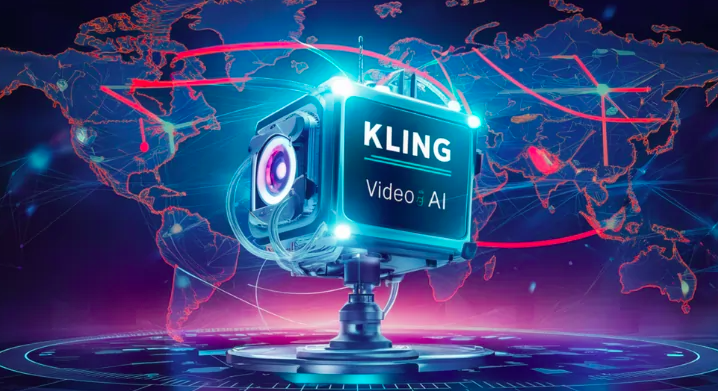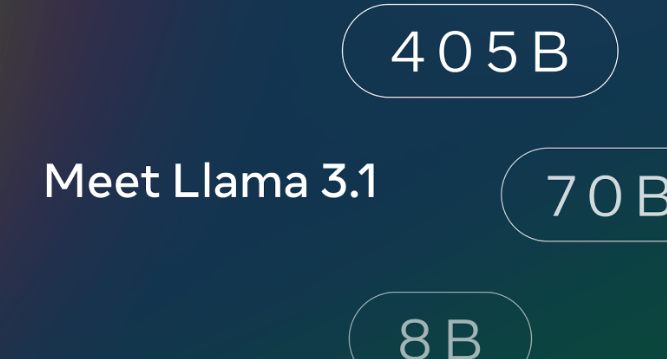Paralympian Kevin Piette Shines with Robotic Exoskeleton at Olympic Torch Relay
French Paralympian Kevin Piette recently made headlines by carrying the Olympic Torch in Paris while using a robotic exoskeleton. Piette, a tennis player who became paraplegic following an accident at age 11, showcased the remarkable capabilities of modern assistive technology. The exoskeleton, developed by Wandercraft, enables users to walk hands-free by using sensors and algorithms that provide personalized support. This historic moment not only highlighted the advancements in technology but also served as an inspiring testament to human resilience and the spirit of the Olympics.

Piette’s journey from paraplegia to becoming an exoskeleton “pilot” is a story of determination and innovation. Since his accident, he has not only returned to tennis as a para-athlete but also contributed to the development of robotic walking devices by participating in events such as “cybathlons,” which are competitions for people with disabilities using assistive technologies. By carrying the Olympic Torch, Piette has inspired countless individuals and demonstrated the potential of technology to transform lives and promote inclusivity in sports.
Apple Introduces ‘Tap to Cash’: A Game-Changer for Seamless Payments in iOS 18
Apple has unveiled a groundbreaking feature called ‘Tap to Cash’ at the WWDC 2024 event, integrated into iOS 18. This innovation allows iPhone users to transfer funds effortlessly by simply tapping their phones together, leveraging near-field communication (NFC) technology. The feature operates within the iOS Wallet application, in conjunction with Apple Pay, eliminating the need for traditional bank details or QR codes. Currently available in trial versions, ‘Tap to Cash’ is expected to be publicly released in the fall, promising a new era of convenient, secure mobile payments.

The introduction of ‘Tap to Cash’ marks a significant step forward in mobile payment systems, offering users enhanced convenience and security. By facilitating quick and easy money transfers without the need for personal banking information, Apple aims to streamline financial transactions and promote wider adoption of digital wallets. However, the feature is currently exclusive to the Apple ecosystem, potentially limiting accessibility for non-Apple users. This innovation underscores Apple’s commitment to pushing the boundaries of technology and enhancing user experience in the realm of digital payments.
Kling AI Video Generator: Revolutionizing Content Creation Worldwide
Kuaishou Technology’s Kling AI, a state-of-the-art text-to-video generation model, has now been made available globally. Previously limited to China, this technology can generate high-quality, realistic videos up to two minutes in length with a resolution of 1080p and a frame rate of 30 frames per second. Kling AI leverages advanced 3D spatiotemporal joint attention mechanisms and Diffusion Transformer architecture to model complex motions and physical interactions, producing cinema-grade videos that blend realism with imaginative scenarios. This innovation positions Kling AI as a significant competitor to OpenAI’s Sora, offering longer and more detailed video capabilities.

Kling AI’s global release promises to transform various industries, from entertainment and marketing to education and e-commerce. Its ability to create dynamic and lifelike scenes from textual prompts opens new possibilities for filmmakers, advertisers, educators, and content creators. By simulating real-world physics and supporting various video aspect ratios, Kling AI offers unprecedented flexibility and creativity. Available through the Kuaiying app, Kling AI’s accessible platform allows users worldwide to experiment with and utilize this powerful tool, potentially revolutionizing the landscape of digital content creation.
Meta Unveils Llama 3.1 405B: A New Frontier in Open-Source AI
Meta has introduced Llama 3.1 405B, an open-source language model designed to compete with industry leaders like OpenAI’s GPT-4. With 405 billion parameters, Llama 3.1 405B emphasizes stability and scalability, achieved by excluding the Mixture-of-Experts (MoE) architecture. The model processes language by dividing input text into tokens, converting them into numerical representations, and passing them through layers of self-attention and feedforward networks to understand context and generate responses. This robust training process, enhanced by human feedback and preference optimization, allows Llama 3.1 to produce coherent and contextually appropriate text.

Llama 3.1 405B offers a range of applications, including synthetic data generation, model distillation, and industry-specific solutions. Its ability to generate realistic and contextually rich text makes it ideal for creating large amounts of synthetic data for training other models, developing efficient smaller models, and customizing AI solutions for sectors like healthcare and finance. Additionally, the model’s extensive training on high-quality data and its quantization for efficient real-world use make it a versatile tool for both research and practical applications. Meta’s commitment to safety and rigorous testing ensures that Llama 3.1 405B sets a new standard in the AI landscape.
